Opening of the 2025 Energy Week: ARE launches a major dialogue on the growth and challenges of a key sector for the DRC’s economic development
this is index.php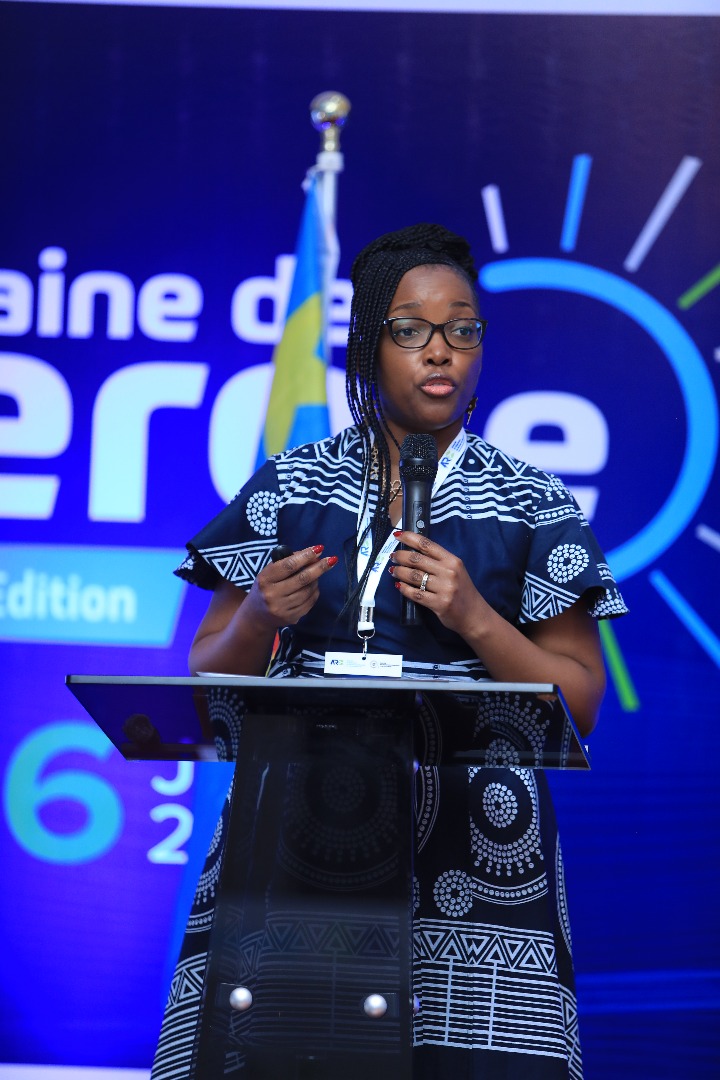
As part of the 2025 Energy Week, held from June 24 to 26 at La Perle de Sainte Anne in Gombe (Kinshasa), the Electricity Regulatory Authority (ARE) officially launched a broad national consultation on the prospects and challenges of the electricity sector in the Democratic Republic of Congo.
In her opening remarks, Dr. Sandrine Mubenga Ngalula, CEO of ARE, drew on data from the 2024 Annual Report to present an overview of electricity consumption in the DRC, which increased from 12,460 GWh in 2020 to 13,625 GWh in 2024. This reflects a steady rise in demand, while production remains insufficient to meet growing needs. Dr. Sandrine Mubenga also presented key environmental data, highlighting that the amount of carbon dioxide avoided increased from 8.5 million tonnes in 2020 to 9.2 million tonnes in 2024 through the use of renewable energy.. This progress reflects the growing impact of the sector on the energy transition and the fight against climate change.
She invited all stakeholders to consult the full Annual Report available at https://are.gouv.cd/rapport-annuel-2024/, while recalling that the Democratic Republic of Congo remains a key player in the global effort to combat global warming.
This evolution highlights the pressure placed on a sector undergoing deep transformation. In response, ARE initiated this inclusive dialogue with all relevant stakeholders.
Addressing sector operators and partners gathered in Gombe, Dr. Mubenga outlined the key milestones since ARE became operational in 2020: “Annual energy consumption rose from 12,460 GWh in 2020 to 13,625 GWh in 2024,” she stated, presenting disaggregated figures by voltage level—low, medium, and high.
To support her remarks, three operators were given the floor, including Mr. Fabrice Lusinde, Director General of the National Electricity Company (SNEL), who reported that the utility connected 100,000 new households over the past two years, positively impacting around one million people.
Major Challenges
Organized to strengthen collective action, these high-level discussions provided a platform to voice persistent structural constraints that continue to hinder the development of the electricity sector in the DRC. Key issues raised included:
• chronic production deficits,
• ever-growing demand,
• frequent power outages, particularly affecting large consumers such as mining companies,
• and a tax system viewed as unattractive by operators.
Stakeholders also called for stronger investment protection and increased government support. These concerns were added to existing issues such as weak generation capacity and the need for a more secure operating environment.
I
n response, Dr. Mubenga called on all actors to deepen collaboration and take concrete actions to sustainably increase the national electrification rate.
The Voice of Operators
While Mr. Lusinde highlighted structural limitations, Mr. Adrien Fariala, Energy Manager at Eurasian Resources Group (ERG Africa), emphasized the impact of the energy deficit on industrial consumers, including mining companies. ERG Africa, with a turnover of $6.3 billion, is heavily affected by this challenge.
Mr. Aimé Lobo, CEO of NURU, a Congolese company specializing in mini-grids with the ambition of powering 10 million Congolese by 2030, highlighted the importance of investment protection, particularly in eastern DRC, where insecurity disrupts operations. He reaffirmed NURU’s commitment to electrifying underserved populations and called for stronger institutional support to ensure long-term viability and attract private investment.
In response to these challenges, several concrete initiatives have been implemented. The partnership between SNEL and ARE—particularly through the formalization of third-party transmission contracts and the revision of existing agreements—has helped improve operational fluidity.
ARE has also developed a series of regulatory tools, such as standardized tripartite contract models, aimed at streamlining and simplifying contractual procedures.
According to SNEL, these model contracts have contributed to speeding up the processing of Power Purchase Agreements (PPAs). On the side of NURU, the provision of a tailored distribution concession contract by ARE allowed the company to regularize its legal status—a key condition for ensuring the continuity of its activities.
Lastly, the resolution of disputes between operators, facilitated by ARE in its role as mediator, was welcomed as a major lever for building trust among stakeholders and encouraging investment.
Structural Bottlenecks
“The main issue at SNEL is production shortfall, which results in ever-growing load shedding,” declared Mr. Lusinde. He revealed that SNEL has signed contracts to supply around 2,200 MW to mining clients, yet structurally receives only 530 MW from Inga to Kolwezi, leading to systematic load shedding among these high-demand users.
He also pointed to:
• abusive flat-rate billing,
• tariff issues,
• and uncontrolled fiscal pressure on operators.
Mr. Lusinde appealed to ARE for support, stating: “As operators, we feel unprotected.” He also underscored the existing cooperation with ARE in dispute resolution between SNEL and consumers.
“Energy taxation should be simplified to support investment not only for SNEL but also for all operators,” he insisted.
He further mentioned two critical financial issues:
• $238 million owed by the State to SNEL, and
• SNEL’s total debt of $3 billion, positioning the company among the country’s largest debtors after the government itself.
Despite this, SNEL manages to repay $25–30 million monthly to meet its financial commitments.
The Mining Sector’s Plea
Mr. Fariala from ERG reiterated the mining sector’s difficulties. From January to August 2024, the five largest mining groups reportedly lost $700 million due to power outages. He emphasized the sector’s willingness to join forces to support SNEL in rehabilitating key infrastructure.
Currently, mining operators import over 350 MW, including 70 MW for ERG alone, due to the insufficient national supply. He added that new mining operations are regularly launched, increasing pressure on the power system.
Promising Projects
In spite of these challenges, Mr. Lusinde shared several encouraging developments:
• SNEL will install 400,000 smart meters, improving billing and consumption transparency.
• The company plans to extend its network in collaboration with provincial governments to accommodate rapid urban growth.
• A voltage upgrade project is underway in Kinshasa, shifting from 6.6 kV to 30 kV, expected to reduce technical losses and enhance service quality.
“A partnership has been signed to shift from 6,600 volts to 30,000 volts in Kinshasa,” he confirmed.
ARE Issues Warning to Indebted Operators
On this first day of proceedings, which included strategic meetings with key operators, Dr. Mubenga issued a firm warning to operators in default of payment to ARE. She stated that failure to pay regulatory dues would result in exclusion from all regulatory services.
“It is crucial to settle your ARE invoice on time,” she emphasized, calling on all operators to regularize their financial standing so that the regulator can function effectively.
Operators were reminded of their obligations to:
• pay monitoring and tariff review fees on schedule,
• and submit statistical data as required by law.
COMMUNICATION / ARE
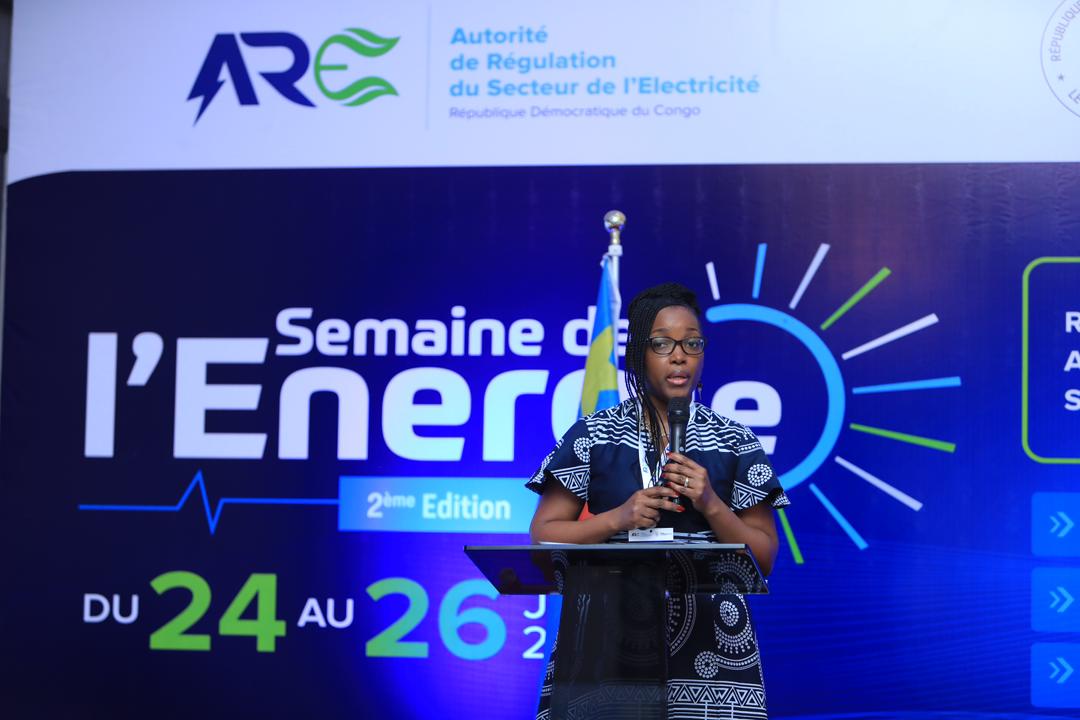
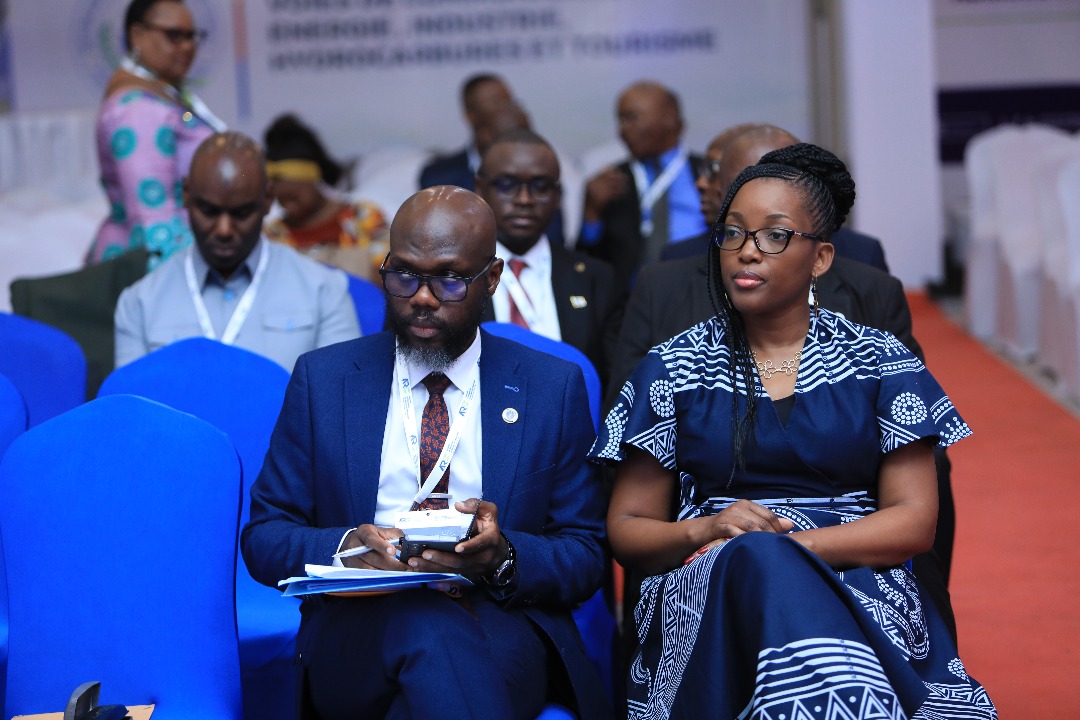
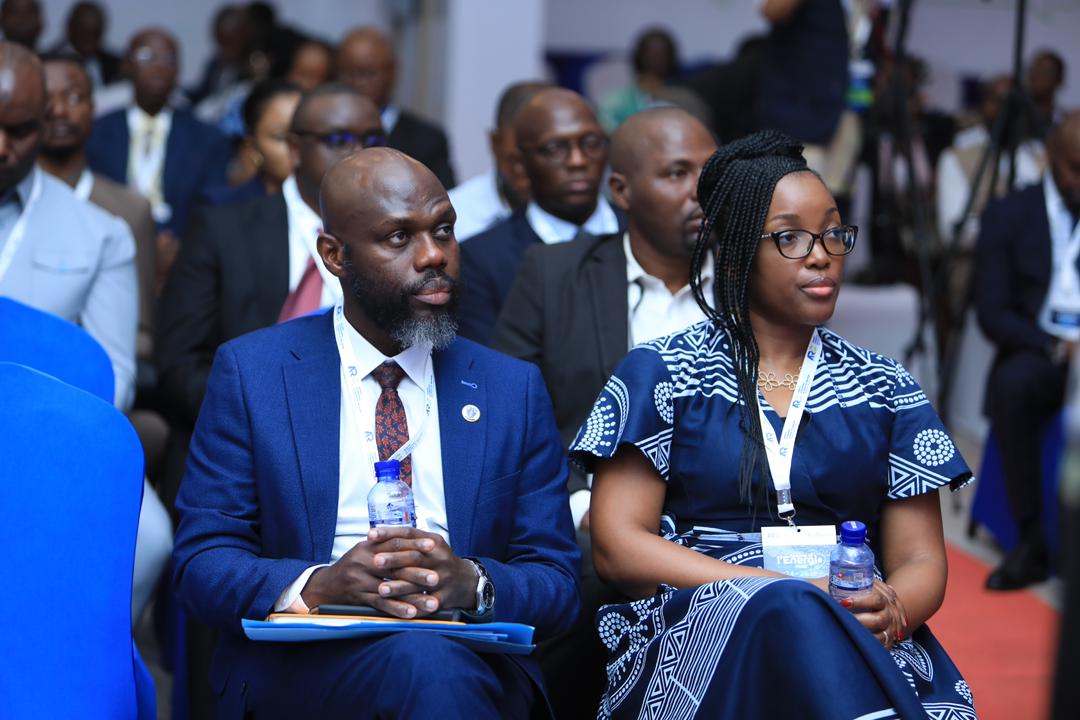

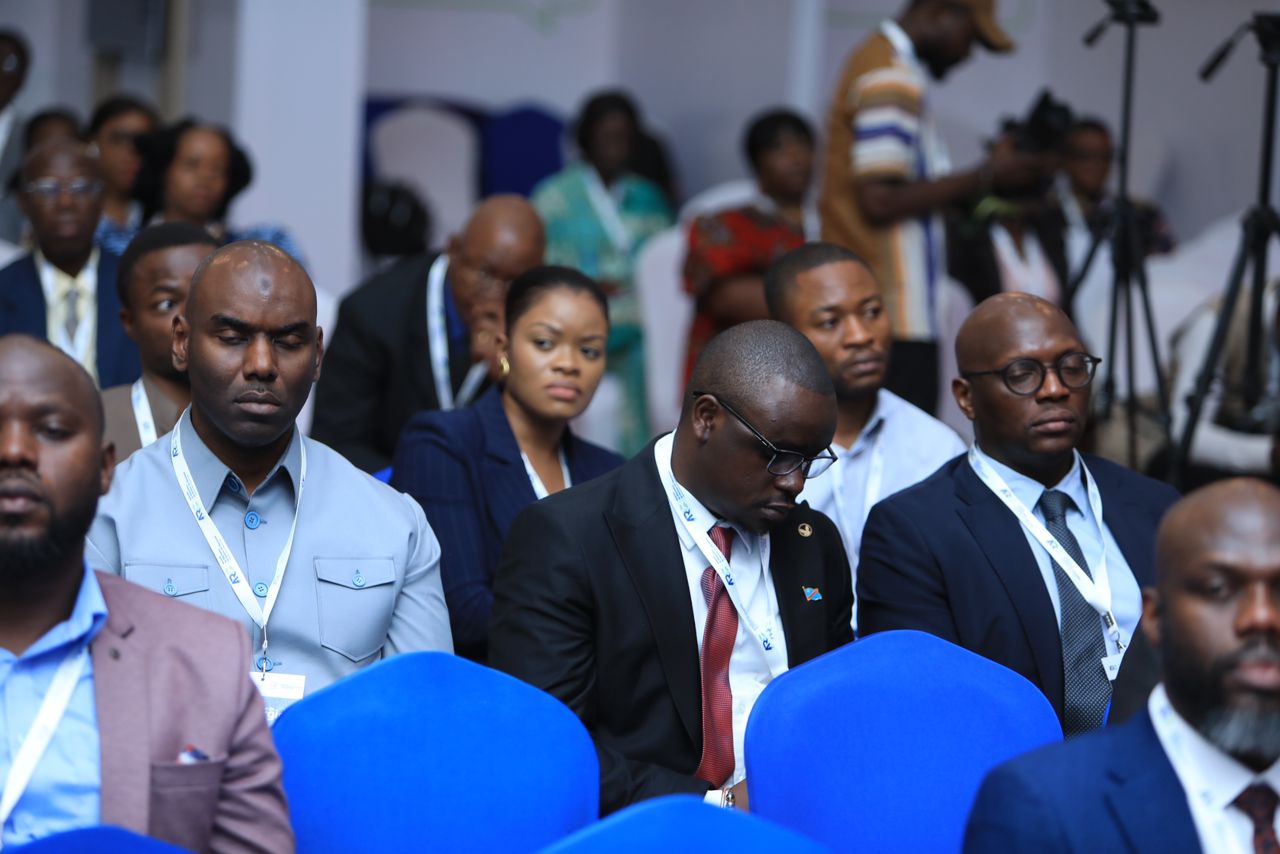
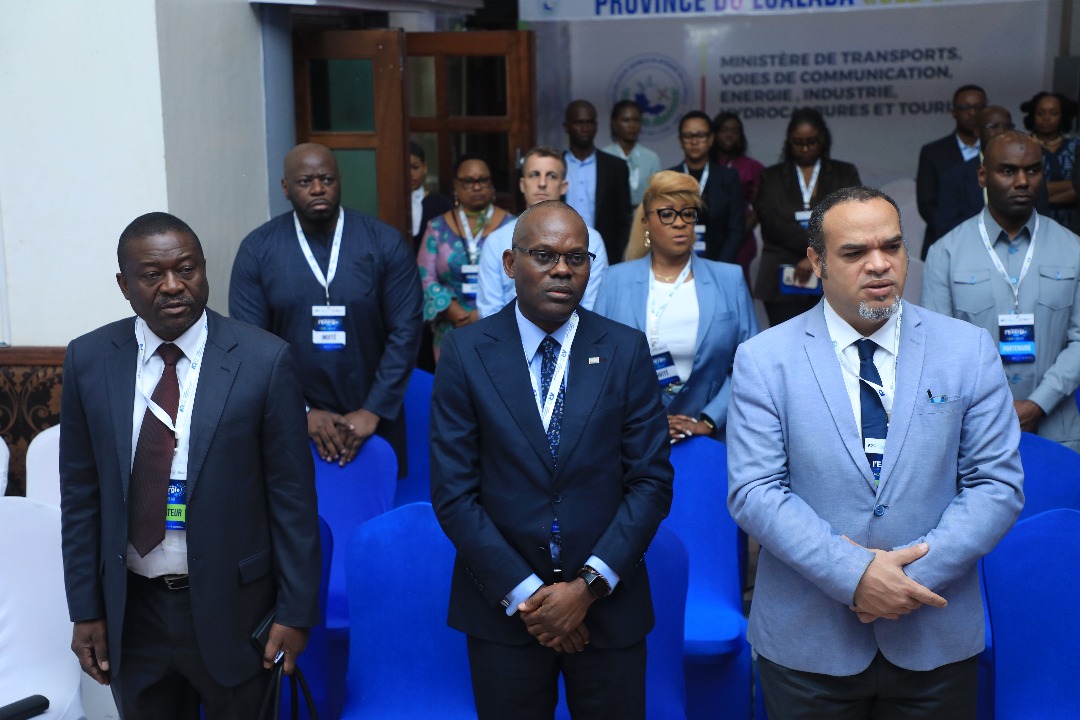

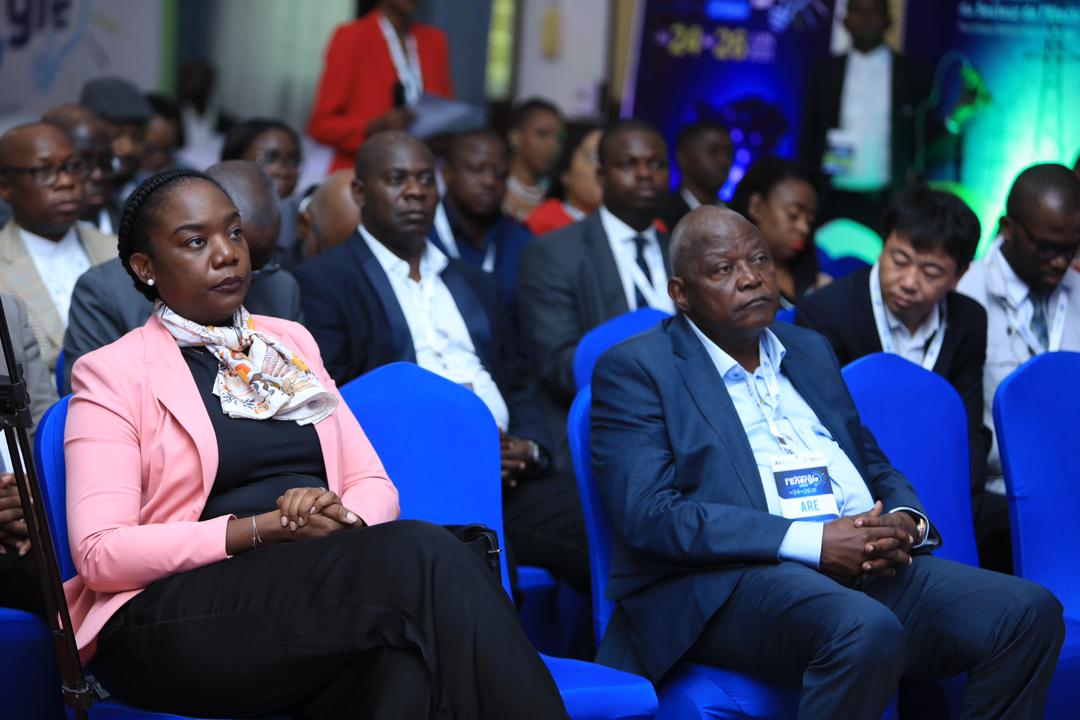
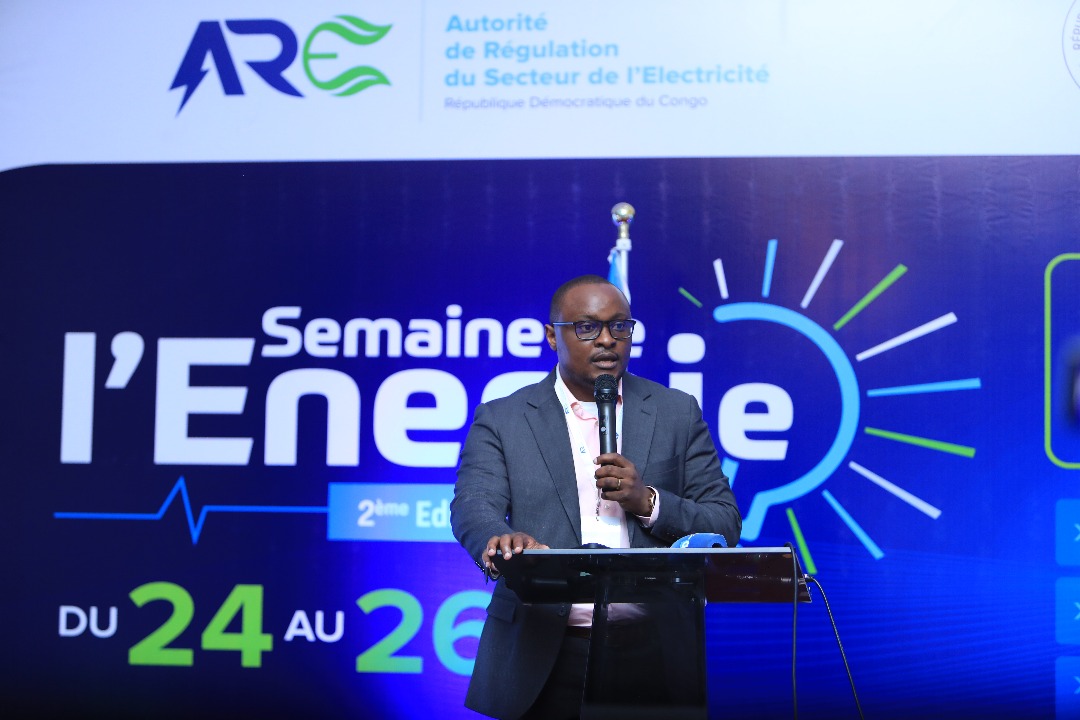
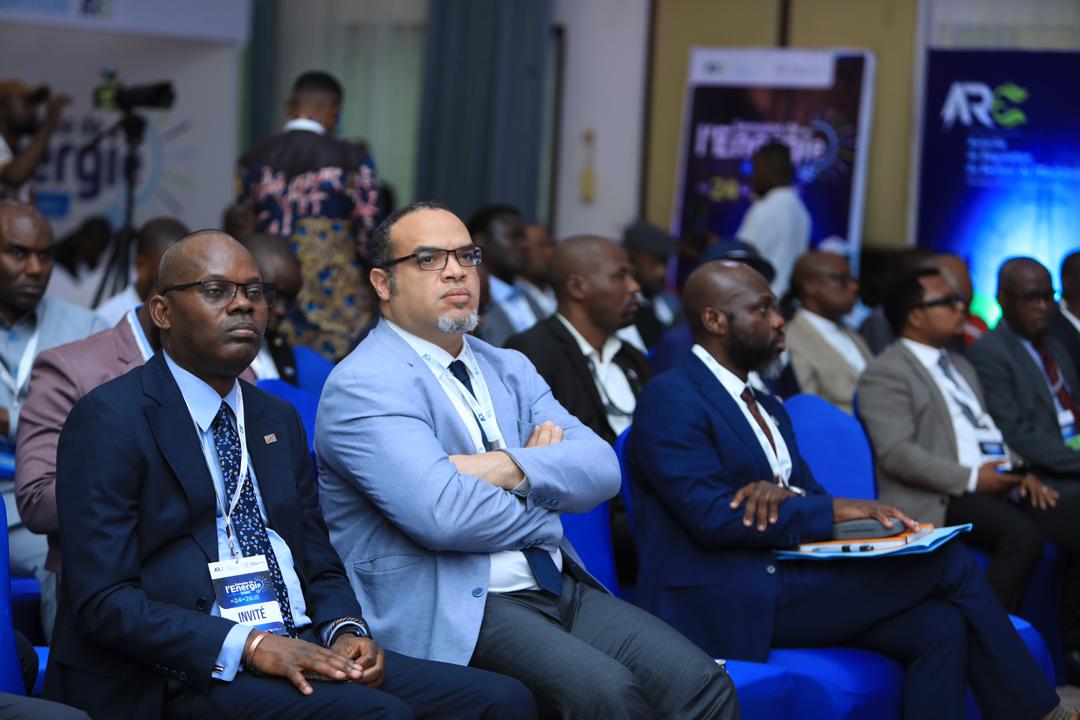


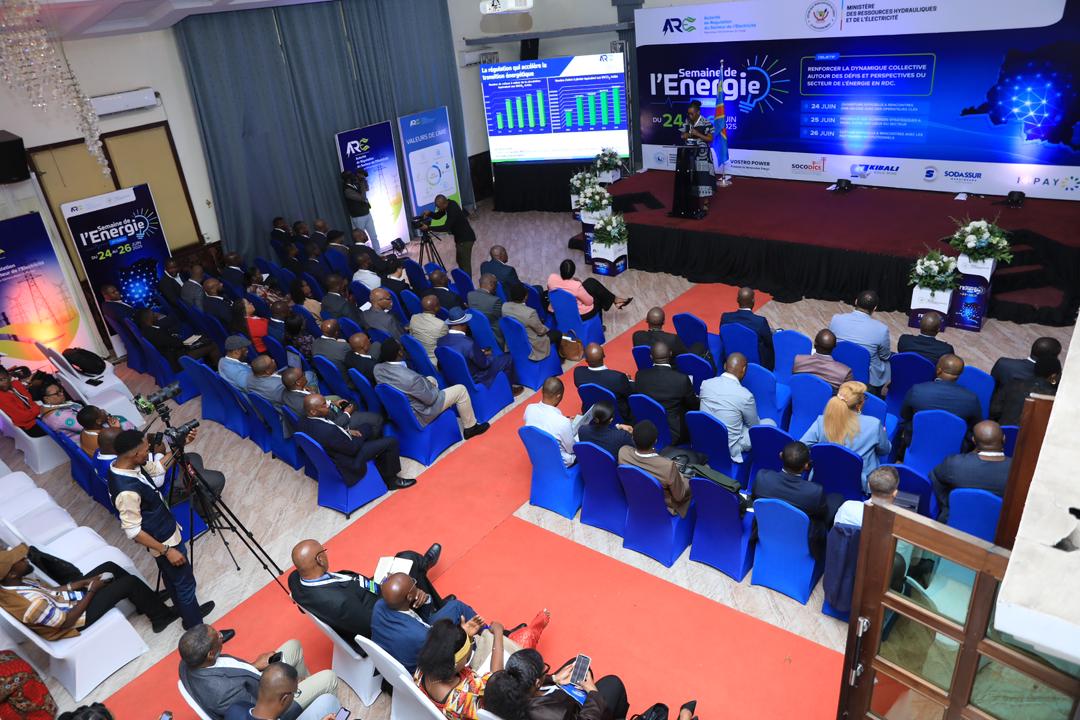

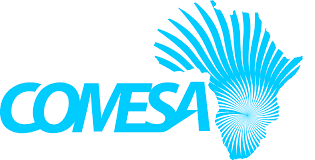




À propos de l’auteur